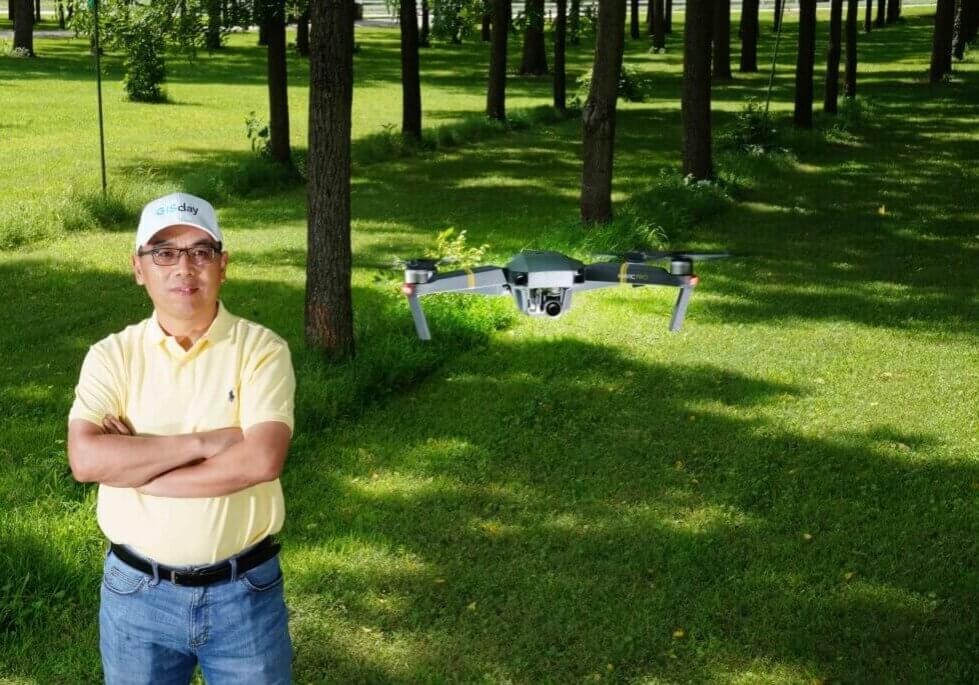Sometimes nature mirrors society in eerie and unexpected ways. That is happening now with Indiana’s songbird populations, which are suffering from a yet unidentified illness.
Indiana’s Department of Natural Resources (DNR) and experts like forestry and natural resources professor Barny Dunning advise these precautions to slow the spread of this illness. This includes taking down birdfeeders, birdbaths and any other man-made devices for attracting birds.
“When these recommendations first came out people were joking about having to social distance our birds now, but that’s exactly right. I actually think all we’ve gone through with social distancing due to COVID made the idea a little more familiar,” Dunning said. “Of course, all of this is just a precaution since we don’t exactly know what we’re dealing with.”
To date, DNR reports 280 sick or dead birds in 53 counties, including Tippecanoe. Signs of the mysterious illness include swelling of the head and eyes, discharge from the eyes and neurological signs, like wing tremors, stumbling and general weakness.
Common songbirds, like cardinals, starlings and robins, appear to be the species primarily affected, but this could also be a reporting problem, Dunning explained. These birds are abundant and commonly frequent people’s backyards, so evidence of illness could simply be more apparent in these species.
The good news is the disease hasn’t been reported in any endangered bird species and it doesn’t appear to be spreading at a rate that could endanger current avian populations, Dunning said.
Dunning added the usual suspects, including avian flu and the West Nile Virus, have been ruled out. There was some speculation, he added, that the illness might be tied to Massospora cicadina, a fungus infecting Brood X cicadas. This doesn’t appear to be the case, however, and while some signs point to a virus there are several other potential causes, Dunning explained, including environmental sources and bacterial pathogens.
When the West Nile virus arrived in North America in 1999, Dunning recalled, it was initially shrouded in similar mystery. In that case, scientists in Africa had already described and documented the virus, but it was not known to travel off the continent.
“We hadn’t seen it here before, so initially scientists were a little stumped. It didn’t take too long to figure out what it was. It took longer to understand how it got here,” Dunning explained.
West Nile arrived in America due to the importation of exotic birds that contracted the illness overseas. While precautions for the importation of animals have since been solidified, Dunning said it’s possible that this is a disease from elsewhere that was inadvertently imported. He hopes, of course, this isn’t the case.
“This current scenario reminds me most of when West Nile arrived and crows were dropping dead in people’s yards,” Dunning recalled. “I hate to think we’d make the exact same mistake twice.”
Friday Photo: 05/13/2022
The assignment for Purdue Natural Resources and Environmental Sciences professor Laura Bowling’s last field trip of the semester, was to collect and count invertebrates in a section of Burnett’s Creek, just north of campus. Note the reaction of students (left to right) Avery Fess, Ireland Beebe and Eva Curtis when the inch-long cranefly larvae show a little more mobility than expected.
Read Full Story >>>

